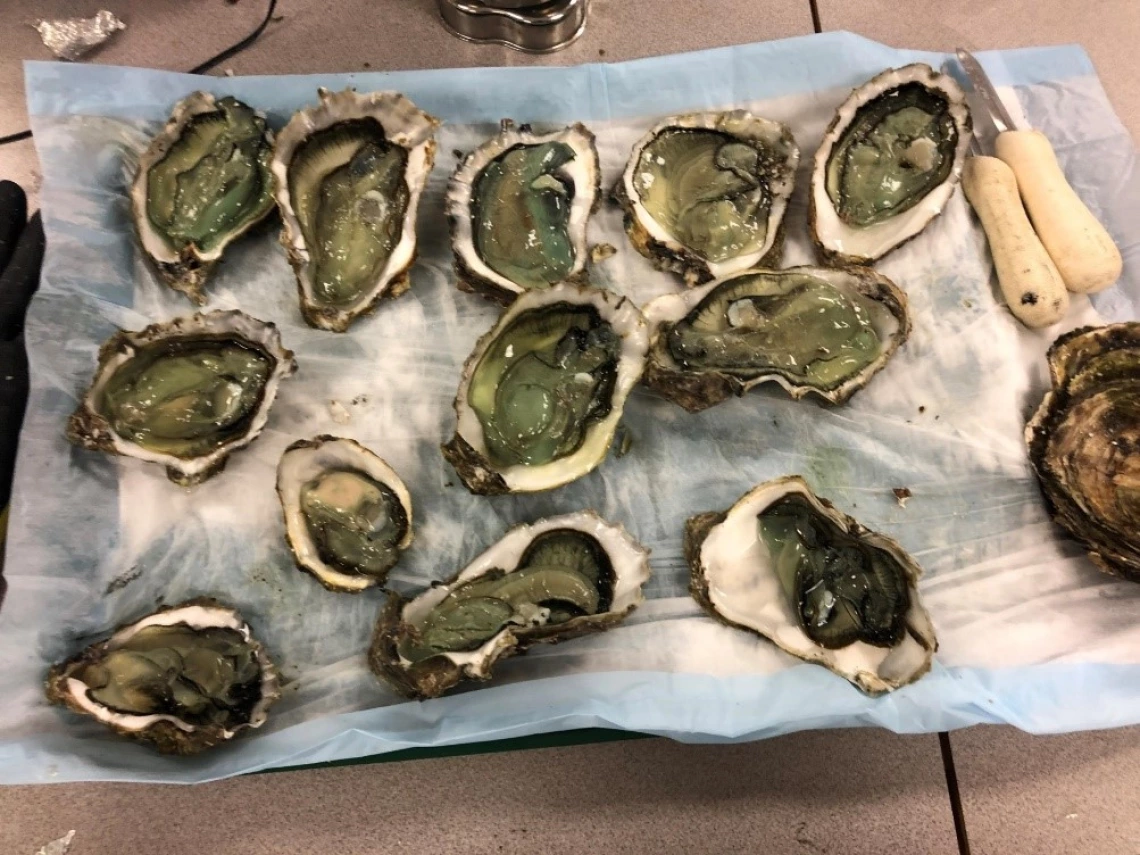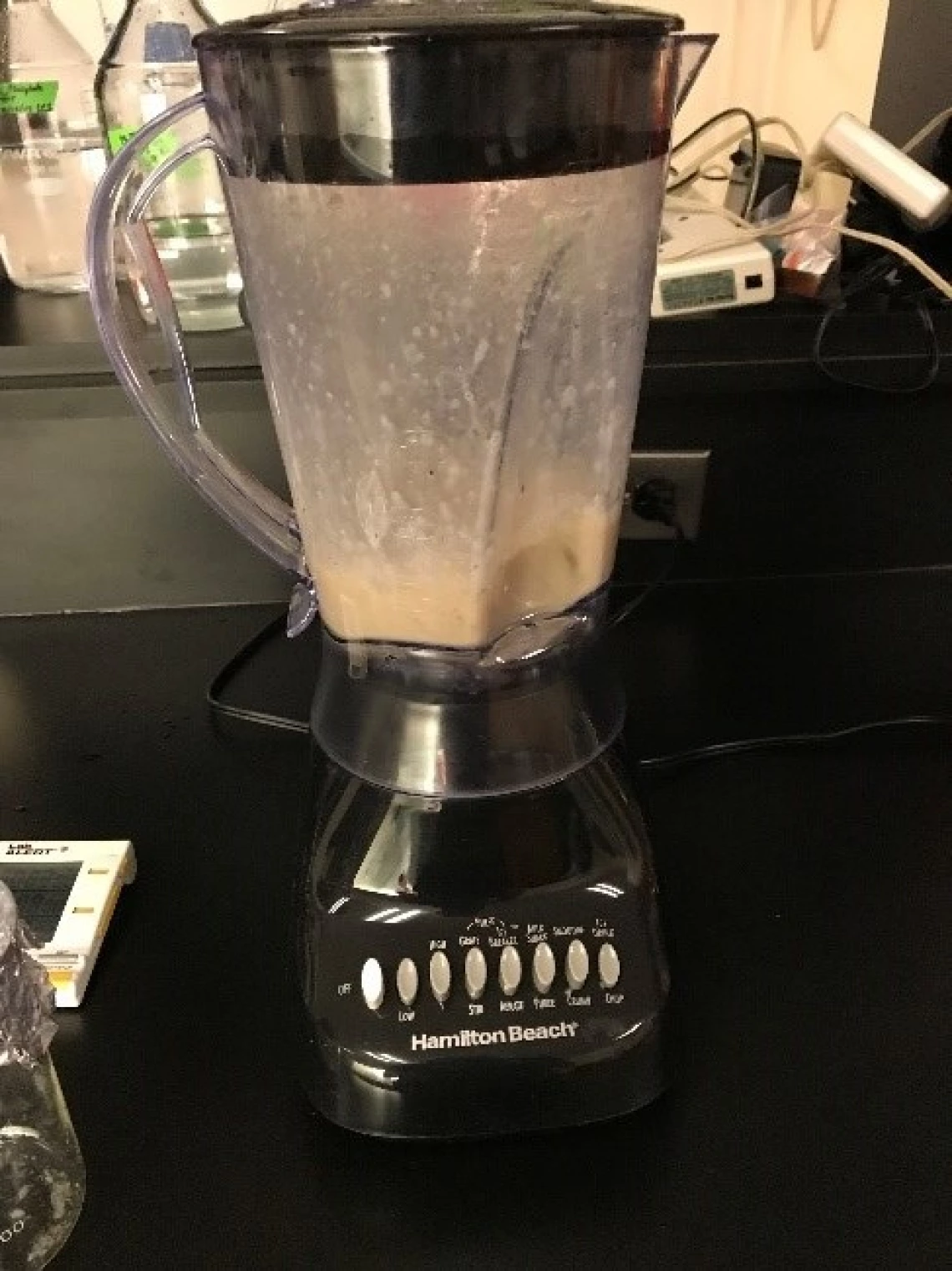V. parahaemolyticus: a small bacteria with a big name
Rates of illness from Vibrio parahaemolyticus have steadily been increasing as other foodborne illnesses have been decreasing. In California, rates of vibriosis has increased by almost 40% between 2009 and 2012.1 Often, the primary culprit for V. parahaemolyticus exposure is from the consumption of raw oysters. As climate change drives changes in water temperature, salinity, and phytoplankton composition in estuarine environments, there is a growing concern for an increased prevalence of V. parahaemolyticus. Taken together, it is increasingly imperative to understand the prevalence and human health risks of V. parahaemolyticus from both a local and global perspective. My dissertation research, in collaboration with Southern California Coastal Water Research Project (SCCWRP), aimed to do just that.

Figure 1. Shucked Pacific oysters
As 2020 began, I had grand plans to travel the country to attend conferences and meet with collaborators at government agencies and universities. But, very early on, that changed. Though my calendar was no longer full of travel to conferences and to southern California to work with SCCWRP, progress was made on understanding the prevalence and persistence of V. parahaemolyticus in oysters harvested in southern California. Over the past year, I shucked (figure 1) and (figure 2) blended numerous oysters so the presence of pathogenic genes in oysters harvested in Newport could be evaluated. For days the lab vaguely smelled of old seafood as oysters were kept at room temperature as we assessed the impact of improper storage time on the growth of Vibrio in post-harvest oysters (figure 3). We are getting closer to our goal of understanding the human health risk of V. parahaemolyticus from the consumption of oysters harvested in Southern California.

Figure 2. Homogenization of Pacific oysters
Additionally, we have started to understand the global distribution of V. parahaemolyticus in water and oysters to provide the basis for an open-access database using a systematic literature review. While this project is still in its infancy, there are hopes to create a platform to allow for the synthesis of the scientific literature to aid in global collaboration. As food safety increasingly becomes a global issue, there is the need for a more unified approach to understanding the prevalence of V. parahaemolyticus in oysters and water to better understand and mitigate human health risks.
Though 2020 looked different than expected, science kept marching on. In a year where society was drifting further and further apart, it was uplifting to see global collaboration to effectively mitigate COVID-19. Each day the pandemic rages on validates my decision to become a public health microbiologist as I am reminded of the importance of my skillset.

Figure 3. Oysters stored at room temperature to assess for growth rate
Throughout this tumultuous time, I’ve never been thankful for the friends, colleagues, and mentors that continually raise my spirits. None of this work could have happened without numerous collaborators from government agencies and universities. Having everyone a zoom away to answer questions, provide guidance, and there to talk oysters have been important to me developing as a scientist.

